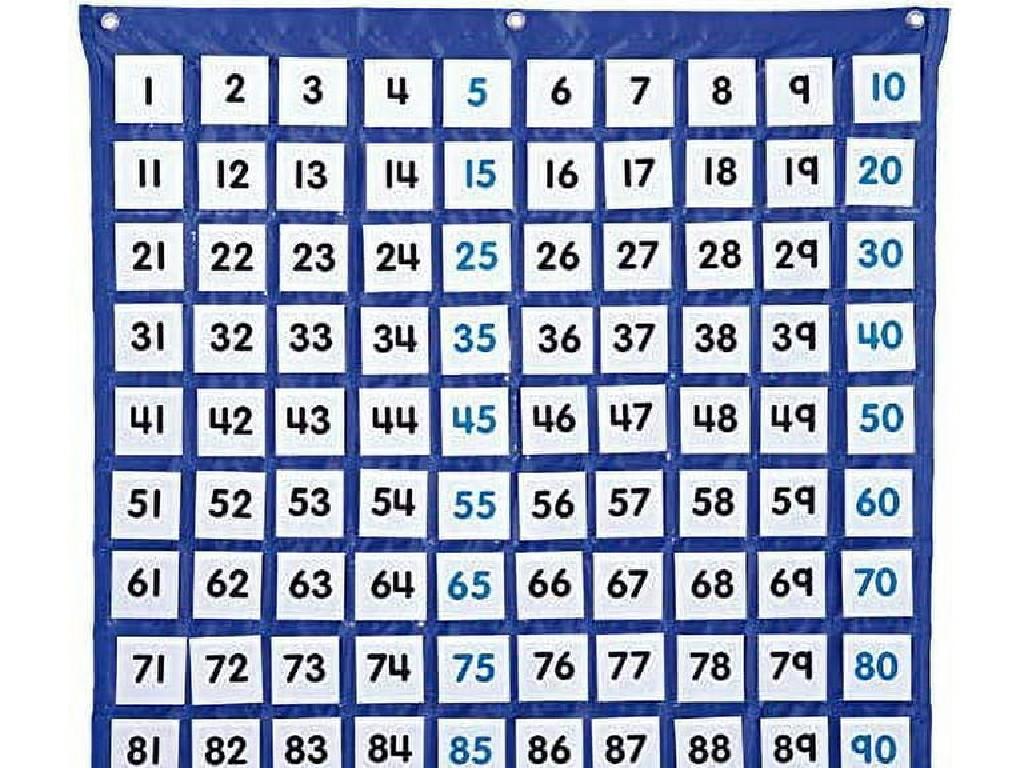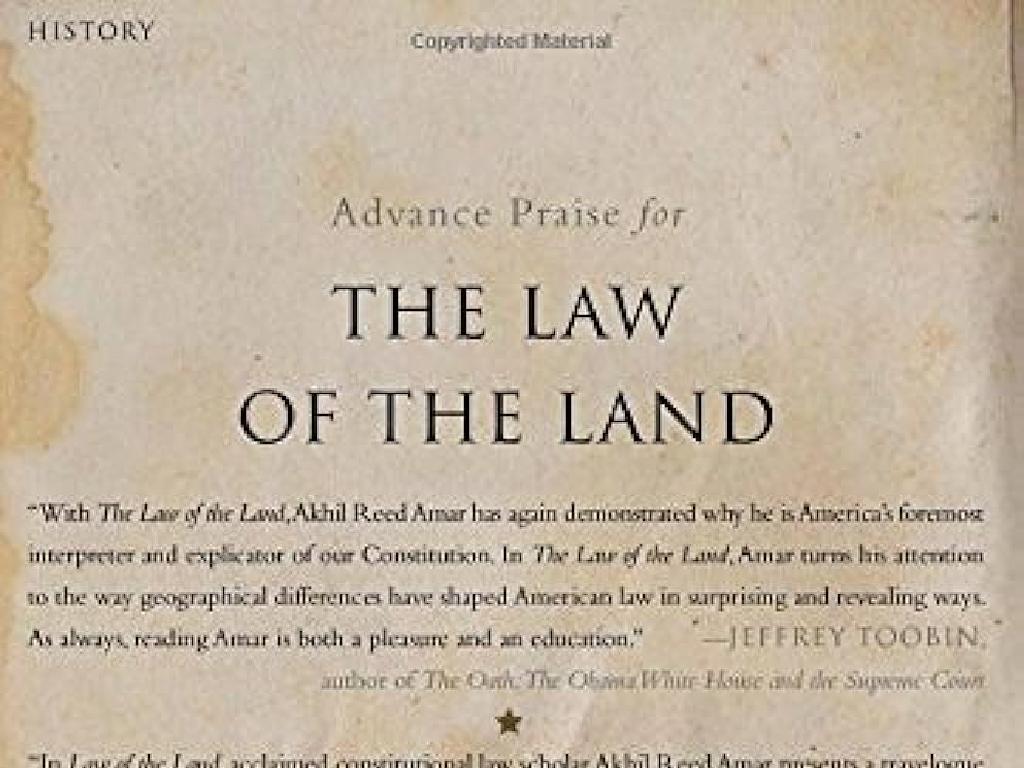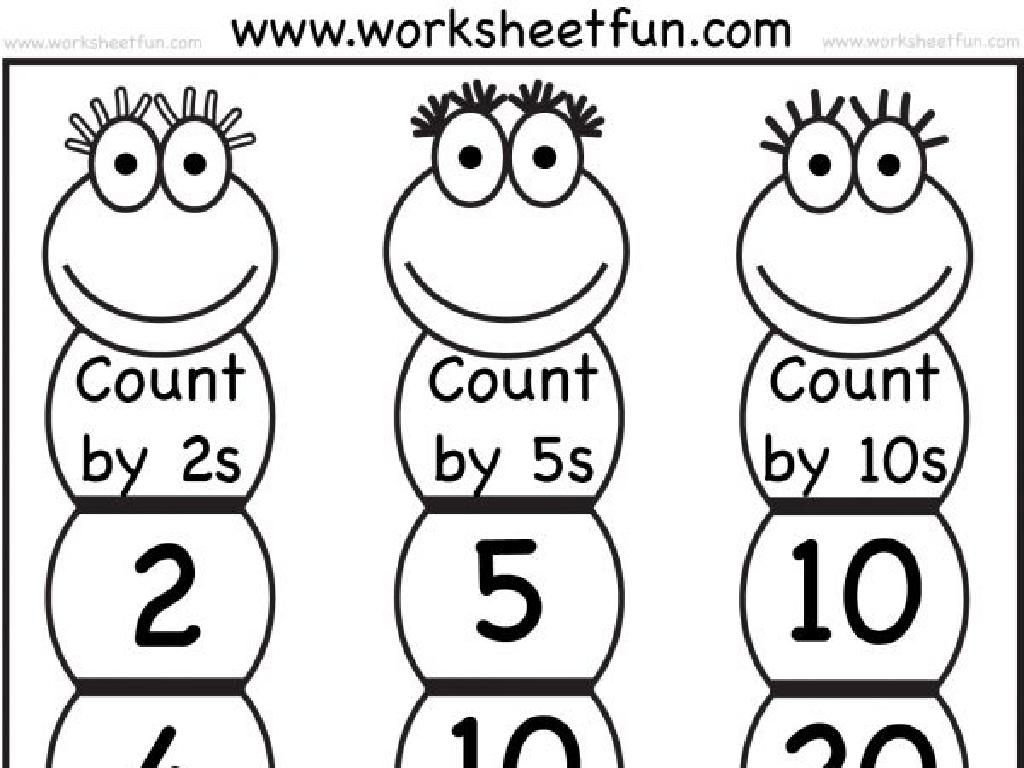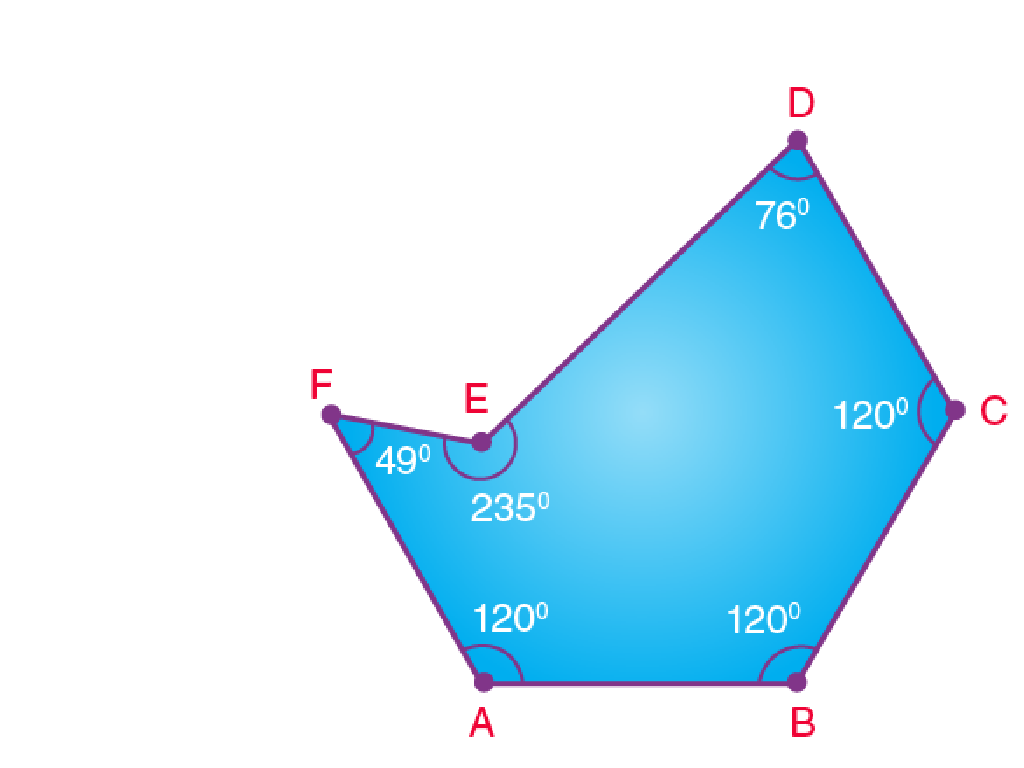Identify Mixtures
Subject: Science
Grade: Fourth grade
Topic: Mixtures
Please LOG IN to download the presentation. Access is available to registered users only.
View More Content
Introduction to Mixtures
– What are mixtures?
– Substances combined without chemical bonding
– Everyday mixture examples
– Salad, trail mix, and fruit juice
– Senses help understand mixtures
– Use sight, touch, and smell to explore
– Class activity: Find a mixture
|
Begin the lesson by defining mixtures as materials made by combining two or more different substances without any chemical reaction. These substances can usually be separated again. Provide relatable examples that students encounter in daily life, such as a salad or a box of assorted candies. Explain how our senses can help us identify mixtures: we can see different ingredients in a salad, feel the various textures in a trail mix, and smell the different fruits in a juice. For the class activity, ask students to look around their homes or the classroom to find and bring an example of a mixture to discuss in the next class. This will help them apply the concept of mixtures to their environment and reinforce their understanding through practical investigation.
Types of Mixtures: Homogeneous & Heterogeneous
– Homogeneous mixtures: same throughout
– Like saltwater, looks uniform
– Heterogeneous mixtures: different parts
– Like salad, see different ingredients
– Examples of each mixture type
– Homogeneous: air, brass; Heterogeneous: pizza, rocks
– Quiz time: Identify the mixture!
|
This slide introduces students to the concept of mixtures and the two main types: homogeneous and heterogeneous. Homogeneous mixtures are the same throughout, such as saltwater, where the salt is completely dissolved. Heterogeneous mixtures have different parts that are visible, like a salad with its visibly separate ingredients. Provide examples for each type to help students visualize the concept. For homogeneous, you can mention air or brass, and for heterogeneous, examples like pizza or a pile of rocks work well. Conclude the lesson with a fun quiz where students look at different substances and try to identify if they are homogeneous or heterogeneous mixtures. This interactive element will help reinforce their understanding.
Identifying Mixtures
– What is a mixture?
– A combination of two or more substances that are not chemically bonded.
– Observing mixtures
– Use senses to find mixtures: sight, touch, sometimes smell.
– Classroom mixture activity
– Find and list mixtures in the classroom.
– Discussing observations
– Share what mixtures you found and how you identified them.
|
This slide introduces students to the concept of mixtures and how to identify them through observation. A mixture is any combination of two or more substances where each substance retains its own properties and is not chemically bonded to the others. Encourage students to use their senses to observe different mixtures they can find in the classroom. For the activity, students will search for mixtures around the classroom, such as a box of crayons or a bag of mixed candies, and list them. After the activity, lead a discussion where students share their findings and explain how they determined each was a mixture. This will help reinforce their understanding of mixtures and the importance of observation in science.
Separating Mixtures
– Different methods to separate
– Using filters, magnets, or evaporation
– Try separating a mixture yourself
– Mix sand and salt, then separate them
– Discuss why we need separation
– To recycle or to remove pollutants
– Explore separation in daily life
– In cooking, recycling, and water treatment
|
This slide introduces the concept of separating mixtures, which is a key part of understanding mixtures in science. Students will learn about various methods such as filtration, magnetic attraction, and evaporation. A hands-on activity can involve separating a simple mixture of sand and salt, which demonstrates the practical application of these methods. Discussing the necessity of separation helps students understand its importance in environmental protection and resource management. Relate the concept to everyday life by giving examples such as separating recyclables or purifying water, making the topic relevant and engaging for fourth graders.
Exploring Mixtures Around Us
– Mixtures found in nature
– Soil, air, and sea water are natural mixtures
– Industrial mixtures
– Pharmaceuticals, food processing use mixtures
– Discuss home mixtures
– Share examples of mixtures like cereal in milk
– Understanding mixtures
|
This slide aims to help students recognize mixtures in various aspects of the world around them. Begin by explaining that mixtures are combinations of two or more substances that can be separated physically. Provide examples of natural mixtures such as soil, which is a mix of organic matter, minerals, gases, liquids, and organisms; air, a mix of gases; and sea water, a mix of water and various salts. Discuss how industries rely on mixtures for creating medicines, processed foods, and other products. Encourage a group discussion for students to think of mixtures they encounter at home, like mixing different cereals or creating a salad. This will help them understand that mixtures are a part of everyday life and not just scientific concepts.
Class Activity: Mix It Up!
– Create your own mixture
– Gather materials needed
– Collect items like sand, salt, cereal, or beads
– Mix different items together
– Combine them to see how they mix
– Show and tell your mixture
– Explain your mixture to the class
|
This interactive class activity is designed to help students understand the concept of mixtures by creating one themselves. Provide a variety of materials such as sand, salt, cereal, beads, and water. Students will choose a selection of these items and mix them together in a clear container. Encourage them to observe the properties of each material and how they interact when combined. After the activity, each student will present their mixture to the class, describing what they chose to mix and why. Possible variations include mixing liquids of different densities, combining solids of various sizes, or creating a mixture that can be separated using a magnet. This hands-on experience reinforces the idea that mixtures are combinations of two or more substances that can be physically separated.
Conclusion: Mixtures Around Us
– Recap: What are mixtures?
– Mixtures are materials made by combining two or more different things.
– Types of mixtures we learned
– We discussed solutions, suspensions, and colloids.
– Key lessons from today
– Remember, mixtures can be separated and they don’t have a fixed ratio.
– Homework: Mixture scavenger hunt
|
As we wrap up today’s lesson, let’s review the main points. Mixtures are everywhere! They are combinations of substances that can be physically separated. We’ve explored different types of mixtures like solutions, suspensions, and colloids. Key takeaways include understanding that mixtures can vary in composition and that their components retain their own properties. For homework, students are encouraged to go on a scavenger hunt at home to find a mixture to bring to class. This will help reinforce their understanding of mixtures and how common they are in everyday life. In the next class, we’ll discuss how these mixtures can be separated and the properties of their individual components.






